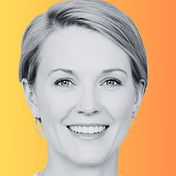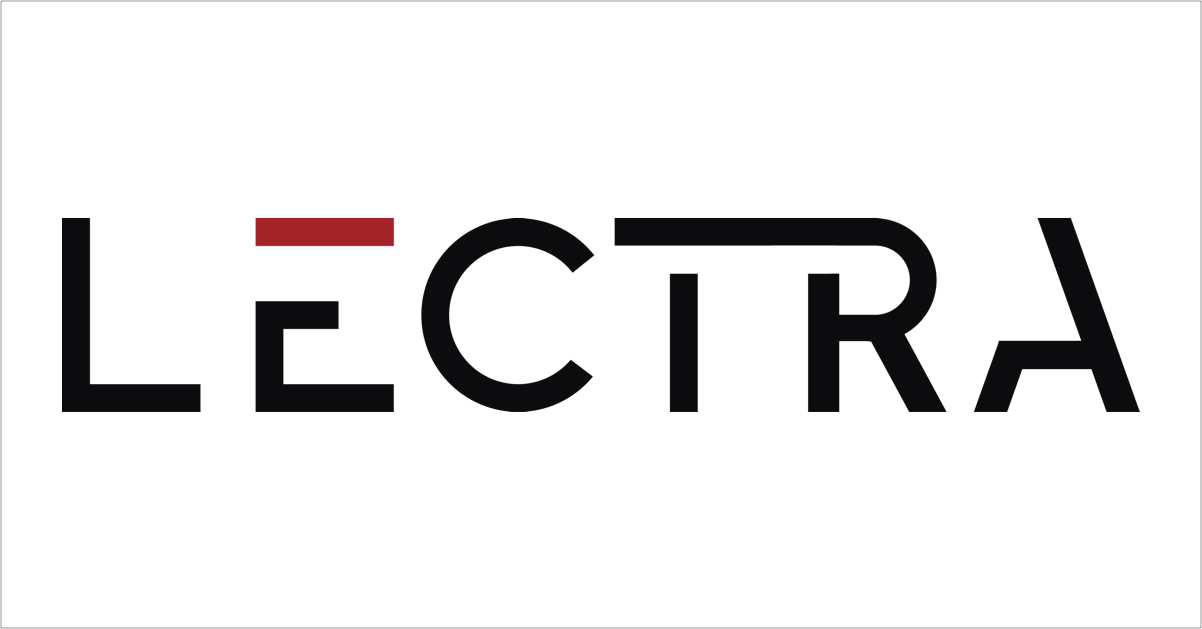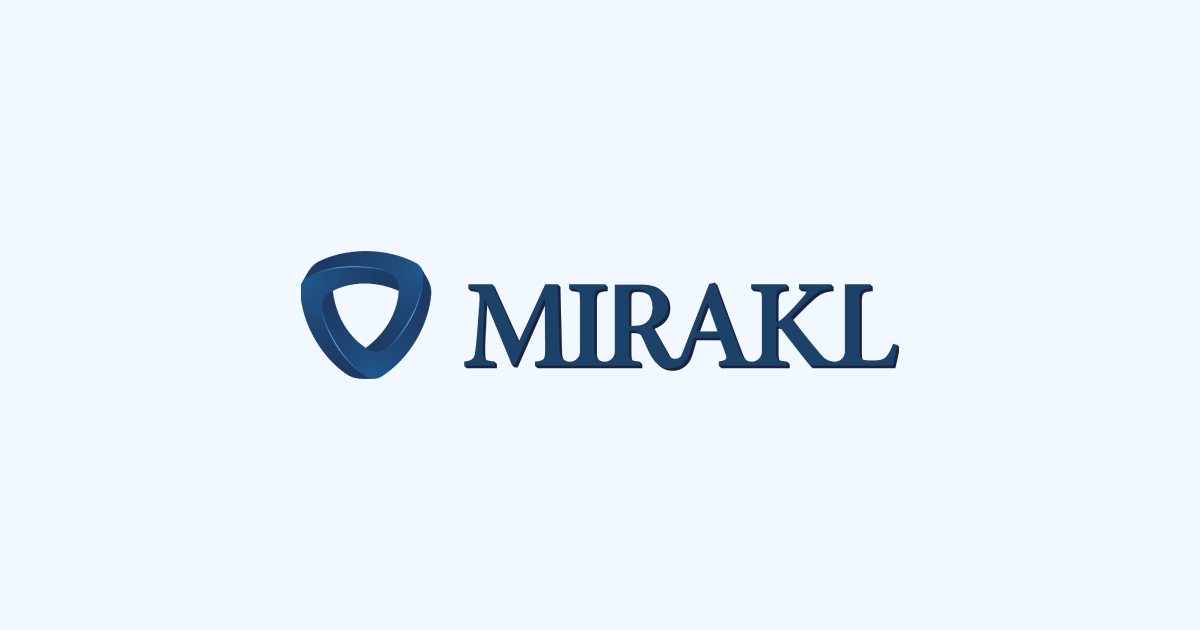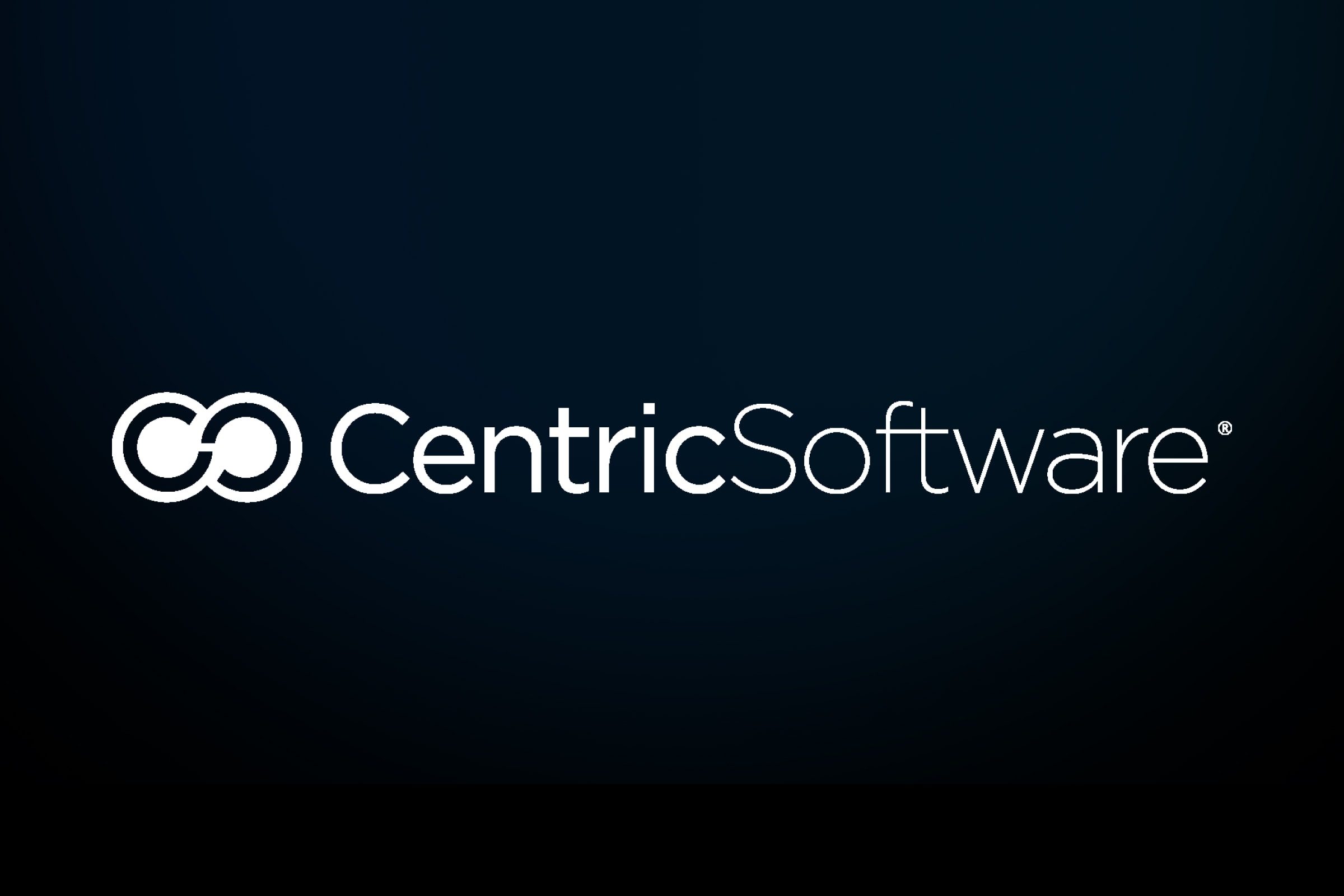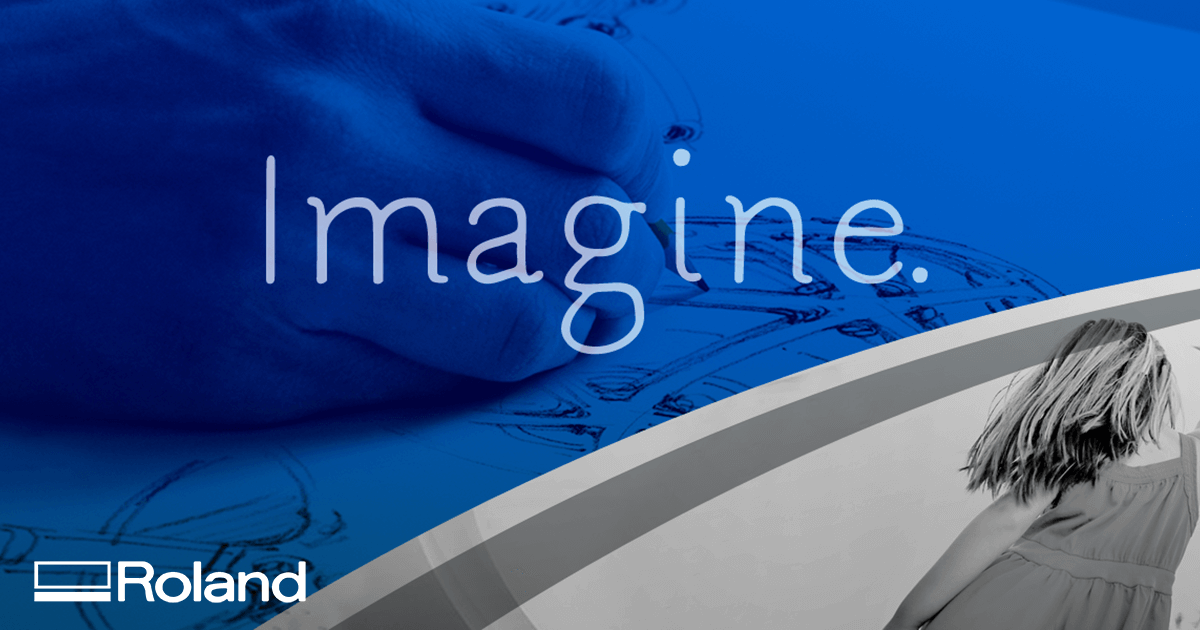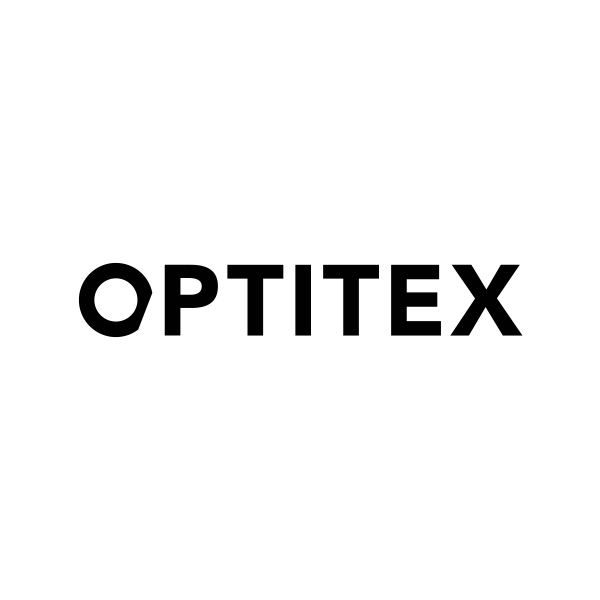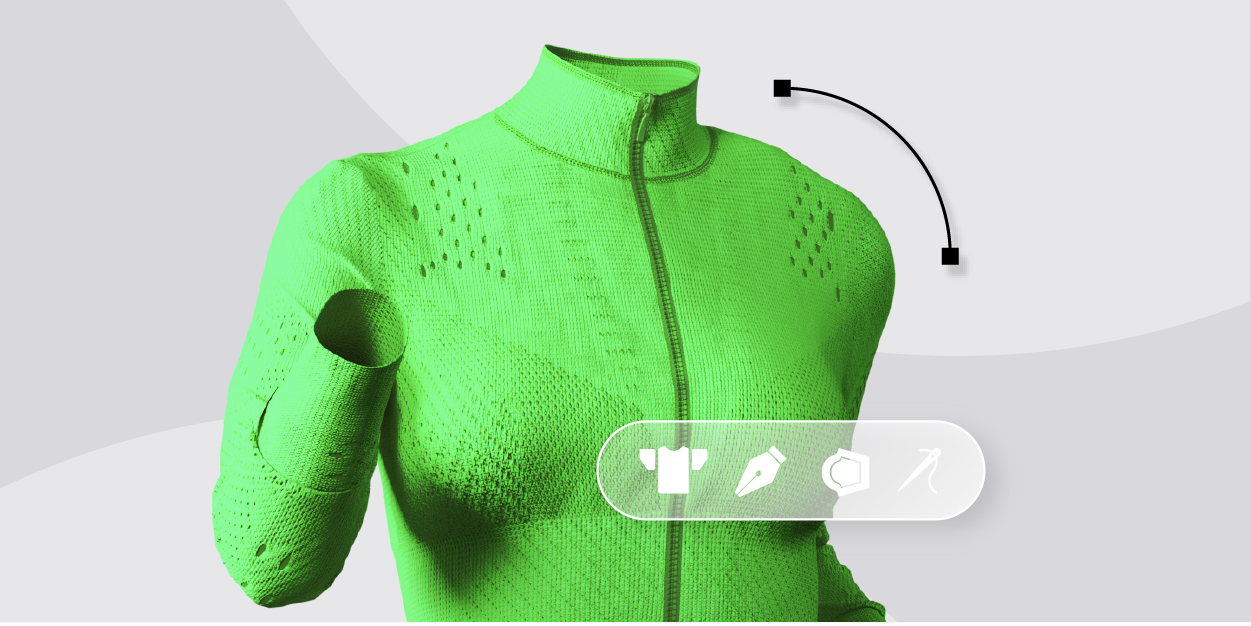Introduction
The apparel and textile industry is undergoing rapid digitization. Technologies like 3D design, simulation, automated workflows and virtual sampling are streamlining processes from concept to production. Leading this charge are specialized software that empower designers, engineers and manufacturers to envision new possibilities. This blog evaluates 15 such leading solutions based on their capabilities and popularity among industry players.
Methods of Evaluation
The softwares are evaluated based on their core functionality for apparel design, development and production. Additional factors considered are number of industry implementations and customer success stories, integration abilities with wider design and manufacturing ecosystems, ongoing innovation through R&D and strategic partnerships. While popularity is an important indicator, traffic and link analysis are also used to gauge each software’s thought leadership in the field. The overall strength of the virtual product development suite is assessed holistically.
1. Adobe Illustrator
Adobe Illustrator is a vector graphics software developed and marketed by Adobe Inc. It is widely used for logo design, illustration, wireframing, prototyping, as well as apparel and fashion design. Illustrator allows users to create logos, icons, sketches, typography, and complex vector drawings and paths. Its powerful yet versatile tools make it a staple application in both creative and technical design workflows.
Pros: Some key advantages of Adobe Illustrator include:
– Very versatile and powerful vector graphics capabilities
– Used widely in both apparel and fashion design workflows
– Allows for complex vector drawings, patterns, and path-based graphics
– Strong typography tools for logo design
– Integration with other Adobe programs like Photoshop and InDesign
Cons: One potential disadvantage is the cost – while powerful, Illustrator requires a Creative Cloud subscription to use which can be an ongoing expense for some businesses or individuals.
Pricing: Adobe Illustrator is available through the Adobe Creative Cloud subscription service starting at $20.99/month for the single app plan. Educational and team pricing plans are also available.
Some key stats about Adobe Illustrator include:
– Over 20 million users worldwide
– Used by over 90% of Fortune 100 companies
– Over 25 years on the market as the standard for vector graphics
– Regular feature and tool updates to keep it at the cutting edge of design
2. Dassault Systemes – 3D Experience
Dassault Systemes – 3D Experience (also known as 3DS) is a comprehensive CAD, PLM and virtual twin platform used by enterprises worldwide. With 3DS, companies can digitally ideate, design, engineer and manufacture products using a single collaborative platform.
Pros: Some key advantages of 3D Experience include:
– Comprehensive platform that covers the entire product development lifecycle from ideation to manufacturing.
– Deep integrations with partners like CLO 3D for 3D digital fashion design and Browzwear for virtual prototypes.
– Highly configurable and scalable to meet the needs of small startups to large global enterprises.
– Virtual twin functionality allows simulation of products in a digital space before physical prototyping.
Cons: One potential disadvantage is the large upfront investment and long implementation timeline required for larger deployments due to the platform’s breadth and capabilities.
Pricing: Pricing for 3D Experience is customizable based on factors like number of users, required applications/modules, needed customizations etc. It is generally provided via an annual SaaS subscription model starting from around $50 per user per month for basic CAD capabilities.
Some key stats about 3D Experience include:
– Used by over 20,000 companies globally across industries like aerospace, automotive, industrial equipment, high-tech and more.
– Supported by an extensive partner ecosystem of over 1,400 solution providers.
– Over 35 years of experience in product lifecycle management software.
3. Esko Automation Engine
Esko Automation Engine is a powerful workflow automation software designed for high-volume production environments. The software streamlines prepress and print processes for packagers, converters, and brand owners. Esko Automation Engine allows tasks to be automated and centralized to improve efficiency and reduce costs.
Pros: Key advantages of Esko Automation Engine include:
– Streamlines prepress workflows for faster turnarounds
– Automates repetitive tasks to improve productivity
– Centralizes processes for remote collaboration
– Reduces errors and waste through automated quality control
– Integrates with other Esko software for end-to-end workflows
Cons: A potential disadvantage is the high upfront costs, as Automation Engine targets large-scale commercial print operations and requires a significant investment.
Pricing: Esko Automation Engine pricing is customized based on individual needs and workflows. Typically, organizations can expect an initial software and implementation fee in the five-figure range plus annual maintenance and support contracts.
Some key stats about Esko Automation Engine include:
– Used by over 3,000 companies worldwide
– Supports over 50 different file formats for design collaboration
– Automates workflows for flexographic, offset, and digital printing
– Reduces prepress time by up to 80% for labels and packaging
4. Lectra Modaris
Lectra Modaris is apparel design software developed by Lectra, a leader in integrated technology solutions dedicated to industries using fabrics, leather, technical textiles and composite materials. With over 40 years of experience, Lectra Modaris is one of the most widely implemented 2D pattern design and 3D grading/marking systems in the global fashion industry. It helps digitize the entire product development process from design through production.
Pros: Key advantages of Lectra Modaris include:
– Leading CAD software for 2D pattern design and grading
– Helps optimize patterns, size ranges and fabric yields
– Widely used in major fashion brands and manufacturers
– Ensures pattern consistency and repeatability
– Integrates with 3D simulation, sampling and production tools
– Provides collaborative design capabilities
Cons: One potential disadvantage is the upfront cost of purchase and implementation which can be substantial for large fashion companies. It also requires trained professionals for implementation and operation.
Pricing: Pricing of Lectra Modaris depends on the modules and features required. It is typically available through a perpetual or subscription license model. Perpetual licenses range from tens of thousands to several hundred thousand USD while subscription plans are also available starting at around $2000/month.
Some key stats about Lectra Modaris include:
– Used by over 13,000 companies worldwide including major brands like Nike, Adidas, Gap, etc.
– Supports over 30 different sizing systems and wide range of fabric options
– Has integrated digitizing, nesting, cutting and PLM/ERP solutions
5. Mirakl Marketplace Platform
Mirakl Marketplace Platform is a complete omni-channel marketplace solution that enables businesses to launch and operate an online marketplace. The platform provides the necessary technologies and tools to power the entire marketplace experience from supplier onboarding and catalog management to order fulfillment and analytics.
Pros: Key advantages of Mirakl Marketplace Platform include:
– End-to-end marketplace solution covering the entire buyer and supplier journeys
– Intuitive tools for supplier onboarding, catalog management and order fulfillment
– Flexible pricing rules and promotions to optimize conversions
– Enterprise-grade security and scalability to support high volumes
Cons: A potential disadvantage is the upfront implementation and setup costs which can be high for larger enterprises.
Pricing: Mirakl Marketplace Platform pricing is typically quoted on an individual basis depending on factors like marketplace volume, number of suppliers/SKUs, required integrations, customizations etc. It offers both yearly subscription and perpetual licensing models.
Some key stats about Mirakl Marketplace Platform include:
– Powers over 300 marketplaces globally
– Processes over $4.5 billion in marketplace GMV annually
– Supports over 40,000 suppliers globally
– Integrates with common ERP/PLM systems like SAP, Oracle and more
6. Centric Software
Centric Software is a leading provider of Product Lifecycle Management (PLM) solutions focused on the retail, fashion, footwear, outdoor, luxury and consumer goods industries. Centric Software provides integrated 3D, digital board books, design collaboration and product lifecycle solutions all in one platform to optimize product development and sourcing processes.
Pros: Some of the main advantages of Centric Software’s PLM solution include:
– Integrated solution that connects product development, sourcing and planning tightly together
– Intuitive user interface optimized for merchandising, design and product teams
– Seamless integrations out of the box with Adobe, Microsoft and popular CAD/3D design tools
– Strong support for handling complex requirements of global, omni-channel product portfolios
Cons: One potential disadvantage is the solution may be overkill for very small companies or brands just starting out with limited product SKUs and teams.
Pricing: Centric Software offers both on-premise and SaaS/cloud-based pricing models. Pricing is typically based on number of concurrent users, modules/applications included, and professional services required for implementation and custom configuration.
Some key stats about Centric Software include:
– More than 1000 brands, retailers and manufacturers currently rely on Centric PLM
– They have offices in 17 countries across North America, Europe, Asia and Australia
– For over 30 years they have been focused on developing solutions tailored specifically for retail and consumer goods brands
7. Gerber Technology
Gerber Technology offers a complete CAD/CAM solution for textiles and apparel design and manufacturing called Gerber AccuMark. AccuMark provides 2D pattern design, nesting, spreading, grading, and marker making capabilities to help apparel companies design, sample, and produce garments efficiently.
Pros: Key advantages of Gerber AccuMark include:
– Complete solution for prototyping, sampling and mass production needs
– Seamless data exchange from design to cut, sew and finish manufacturing
– Advanced grading and nesting algorithms help maximize fabric utilization
Cons: One potential disadvantage is that as a full-suite CAD/CAM software it has a steeper learning curve compared to point solutions. Companies need to invest in training their staff to fully leverage its capabilities.
Pricing: Gerber Technology offers flexible perpetual and subscription licensing models for AccuMark. Pricing depends on the number of seats, modules, support plans and any specialized add-ons required. Contact a Gerber sales representative for a customized quote.
Some key stats about Gerber AccuMark include:
– Used by over 10,000 companies worldwide
– Integrates with all major equipment manufacturers like Zund, Metalmark, Eastman, and more
– Specialized capabilities for denim, activewear, and other segmented apparel categories
8. Roland DG
Roland DG is a manufacturer of cutting plotters and digital printing devices headquartered in Japan. They specialize in CAD/CAM solutions for textiles and other soft goods through their cutting plotters designed to work with digitally printed fabrics. Their solutions aim to streamline the soft goods production process.
Pros: Key advantages of Roland DG’s apparel design software:
– Specialized for textiles and soft good production workflows
– Integrates directly with Roland cutting plotters for printed fabrics
– Streamlines the design and production process from design to cut materials
Cons: A potential disadvantage is that the software is tightly coupled to Roland’s proprietary cutting devices, so may not integrate as seamlessly into workflows using other cutters.
Pricing: Pricing for Roland DG’s apparel design software varies depending on the specific solution. Monthly and annual subscription plans are available starting around $100/month.
Some key stats about Roland DG and their apparel design software:
– Founded in 1981 and headquartered in Hamamatsu, Japan
– Employ over 5,000 employees worldwide
– Dominant manufacturer of wide-format inkjet printers and cutting devices
9. RateGain Visualize
RateGain Visualize, formerly known as KNOWLEDGE, is an integrated 3D configurator and visualization platform developed by RateGain, one of the largest SaaS companies for the travel and hospitality industry. The platform allows users to design, simulate and share 3D concepts online seamlessly.
Pros: Some key advantages of RateGain Visualize include:
– Integrated 3D configurator and visualization platform allows users to design products in 3D
– Users can design, simulate and share 3D concepts online seamlessly
– Connects with leading CAD and PLM partners for a seamless 3D workflow
– Enables mass customization and made-to-order capabilities for brands
Cons: A potential disadvantage could be the learning curve required to fully utilize the platform’s 3D modeling and customization capabilities. It may require some training for new users to get optimized results.
Pricing: RateGain Visualize pricing is typically based on a software-as-a-service model with monthly or annual subscription plans. Pricing varies based on the required features, number of users, and customization needs. Contact their sales team for a personalized quote.
Some key stats about RateGain Visualize include:
– Used by over 500 brands globally across industries like apparel, furniture, automotive etc.
– Over 250,000 3D configurations and variants generated on the platform monthly
10. Marvelous Designer
Marvelous Designer is a leading 3D apparel design and clothing simulation software. Developed by Marvelous USA, it has been the industry standard for creating realistic virtual clothing for applications in games, visual effects, fashion design and architecture for over 15 years. Using patented dynamic simulation technology, Marvelous Designer allows designers and artists to digitally drape and decorate 3D characters with virtual fabrics and garments.
Pros: The main advantages of Marvelous Designer include: – Specialized 3D cloth and garment simulation engine for realistic draping and movement – Advanced physics-based simulation of different fabrics, textures and prints – Easy-to-use interface and tools optimized for apparel design workflows
Cons: One potential disadvantage is that Marvelous Designer requires an understanding of 3D modeling and simulation concepts. It has a steeper learning curve compared to basic 2D design software.
Pricing: Marvelous Designer offers different pricing tiers starting from $199/month for individual licences to enterprise plans for large studios. Educational discounts are also available.
Some key stats about Marvelous Designer include: – Over 15 years in the market as the leader in 3D apparel design software – Used in over 80% of AAA game titles and blockbuster movies – Community of over 100,000 professional and indie users worldwide
11. CLO Virtual Fashion
CLO Virtual Fashion is a 3D fashion design software developed by CLO Virtual Fashion. It was created specifically for 3D apparel and fashion design allowing designers to rapidly prototype garments in true-to-life 3D.
Pros: Some key advantages of CLO Virtual Fashion include: developed specifically for 3D apparel and fashion design, allows rapid prototyping of garments in 3D, advanced simulation capabilities for fabrics and clothing.
Cons: A potential disadvantage is the learning curve required to master the software’s advanced 3D and simulation tools.
Pricing: Pricing for CLO Virtual Fashion starts at $50/month for an individual subscription. Educational and commercial licenses are also available starting at $100/month.
Some key stats and capabilities of CLO Virtual Fashion include: advanced simulation capabilities for various fabrics and clothing, integrated pattern making tools, ability to share and collaborate on designs in real-time, large library of materials and textures.
12. OPEN CASCADE
Open Cascade is a feature-rich 3D CAD and modeling platform developed by Capgemini. As a long-established player in 3D design software, Open Cascade supports versatile geometry creation and modification tools. The platform is mostly known for its use in mechanical design but also extends to other industries including textiles and apparel.
Pros: Some key advantages of Open Cascade for apparel design include:
– Feature-rich platform for creating precise 2D and 3D shapes required for pattern making and draping
– Integration ready framework that allows easy inclusion of plugins for specialized tasks like fabric simulation
– Robust surface and volume modeling capabilities for complex designs and patterns
– Partnerships with companies like Browzwear to bring specialized CAD functions for clothes
Cons: One potential downside is the learning curve to master all the advanced modeling tools in Open Cascade if users are coming from simpler CAD software.
Pricing: Open Cascade is available both as a commercial license (prices vary based on requirements) as well as an open-source GPL license. Contact Capgemini for commercial pricing and support options tailored to your needs.
Some key stats about Open Cascade include:
– Over 30 years of development history and continuous improvements
– Used by over 5,000 companies worldwide across many industries
– Support for various file formats including STEP, IGES, BIN, etc.
– Integrates with all major CAD/CAE software like Solidworks, CATIA and more
– Actively developed open-source community with over 200 contributing companies
Open Cascade, part of CapgeminiBacking your path to digital futureopencascade.com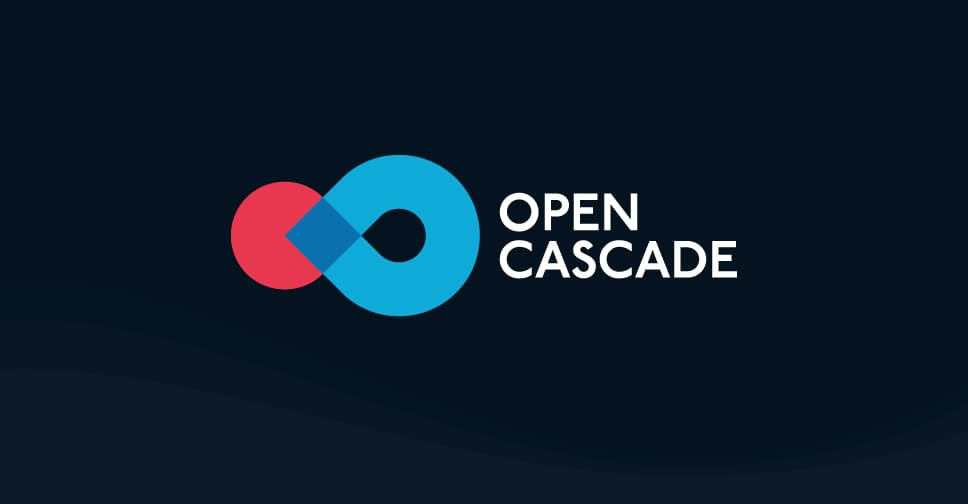
13. Tukatech
Tukatech is a leading provider of fashion technology design software. Founded in 1995, Tukatech helps fashion brands and manufacturers digitize their design and production process. The company is best known for its integrated solutions that connect computer-aided design (CAD) software for pattern making and 3D virtual prototyping with computer-aided manufacturing (CAM) software for nesting, cutting and sewing automation.
Pros: The main advantages of Tukatech software include:
-CAD/CAM software for integrated 2D pattern design, marker making, nesting and cutting automation
-3D virtual prototyping software for digital fit and grading
-Seamless data exchange capabilities with cutting plotters and industrial sewing machines
-Extensive tech packs and online/phone support from application engineers
Cons: A potential disadvantage is the upfront investment required, as Tukatech solutions require buying hardware like cutters/nesters along with annual software licenses. The system also requires dedicated IT resources for implementation and maintenance.
Pricing: Tukatech offers flexible pricing models depending on business needs. Typical pricing includes annual software licenses starting from $10,000/year along with one-time implementation fees. Integrated hardware like automated cutters start from $150,000. There are also academic pricing options available.
Some key stats about Tukatech:
– Used by over 5,000 brands, manufacturers and schools globally
– Implemented in over 50 countries worldwide
– More than 25 years of experience in the fashion tech industry
– Extensive partner network of cutters, sewing machines and other hardware
14. Optitex
Optitex is a leading fashion design software provider that offers end-to-end solutions for apparel, apparel industrialization and other industries. Founded in 1995, Optitex provides 2D and 3D CAD/CAM software to fashion designers, brands and manufacturers globally. Their flagship product, Optitex Design, allows users to design garments, generate technical packs, and simulate the designs in 3D.
Pros: Key advantages of Optitex Design include:
– End-to-end solution that covers the whole process from design to production
– Seamless 2D to 3D workflow that streamlines the design process
– Integrations with ERP systems to connect all parts of the supply chain
– Advanced simulation and fit testing capabilities
Cons: One potential disadvantage is the upfront cost as Optitex Design is an enterprise-level solution that requires a significant investment. However, it aims to provide a full-fledged platform to maximize efficiency for large-scale fashion companies.
Pricing: Pricing for Optitex Design is not publicly listed and varies based on business needs. It is typically sold as a perpetual license but subscription options may be available too. Being an enterprise solution, customers can expect pricing ranging from tens of thousands to hundreds of thousands of dollars depending on the selected modules, support plans and additional services.
Some key stats about Optitex:
– Used by over 10,000 companies worldwide
– Installed at many top fashion brands and retailers such as H&M, VF Corp, Levi’s, Lululemon
– Over 25 years of experience in fashion design software
– Integrates with 100+ manufacturers through Optitex Connect
15. Browzwear
Browzwear is a cloud-based 3D apparel design and pattern making software. Founded in 1999, Browzwear provides 3D virtual solutions for fashion, retail and manufacturing companies worldwide. Their flagship product allows designers, pattern makers, material developers and merchandisers to collaborate remotely on 3D digital product development.
Pros: Some key advantages of Browzwear include:
– Cloud-based system allows for remote and global collaboration
– Integrates seamlessly with other design and material software already in use
– Streamlines the entire process from design through production and merchandising
– Saves time and costs by reducing physical prototyping and samples
Cons: A potential disadvantage is the learning curve to get proficient with 3D virtual design compared to traditional 2D pattern making methods.
Pricing: Browzwear pricing varies based on team size and usage but generally starts from $150 per month per user.
Some key stats about Browzwear include:
– Used by over 850 brands, retailers and manufacturers globally
– Supports over 20 CAD systems and all major pattern making formats
– Integrates with leading materials libraries and fit models
– Reduces physical sample making by up to 80%
Conclusion
The apparel industry’s digital journey is well underway, powered by specialized software that are constantly pushing boundaries. While some solutions have clear leadership in certain domains, most are collaborating through open frameworks to advance the wider vision. The future promises even tighter integration between design, simulation, sampling and production technologies to deliver unprecedented agility. This will be key to satisfying dynamically evolving consumer demands in a sustainable way.

